It's 2017 and it's safe to say that most women have had at least some experience with hair dye. Whether it was out of a box and done in the bathroom sink, or while sitting in a chair at a salon, most of us have at least done it once.
Of course, there are different kinds of hair dye these days, some more expensive and sophisticated than others, but most were derived from the accidental discovery of a hair color-changing substance by French chemists in the 1800s.
Before that, there was no single agreed-upon way to change the color of your hair. Of course, that didn't stop people from developing all sorts of interesting techniques to switch their shades.
Some are dangerous, some are gross, and some are plain confusing. One thing is for sure — they will make you appreciate your current standing appointment, even if it's with a box from the drug store.
Please SHARE this surprising list with your friends on Facebook!
1. Henna In Ancient Egypt
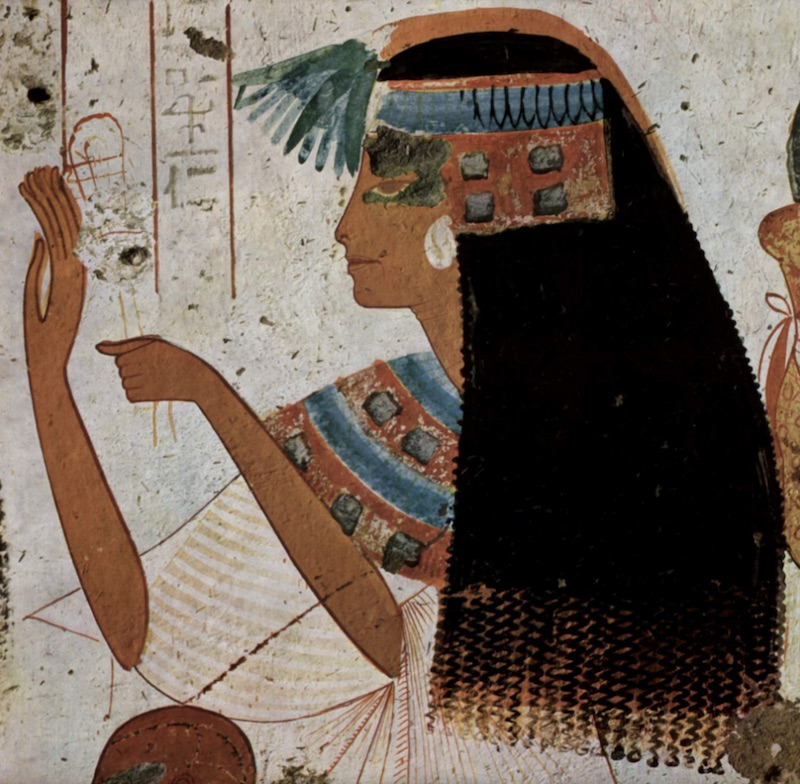
The Ancient Egyptians are legendary for their innovation. In the hair department, this involved the use of henna to darken what was often graying hair.
Another solution for pesky grays was to shave your hair off altogether and sport a wig, which was also often dyed with henna. Today henna is most commonly used for temporary tattoos.
2. Fermented Leeches In Ancient Greece
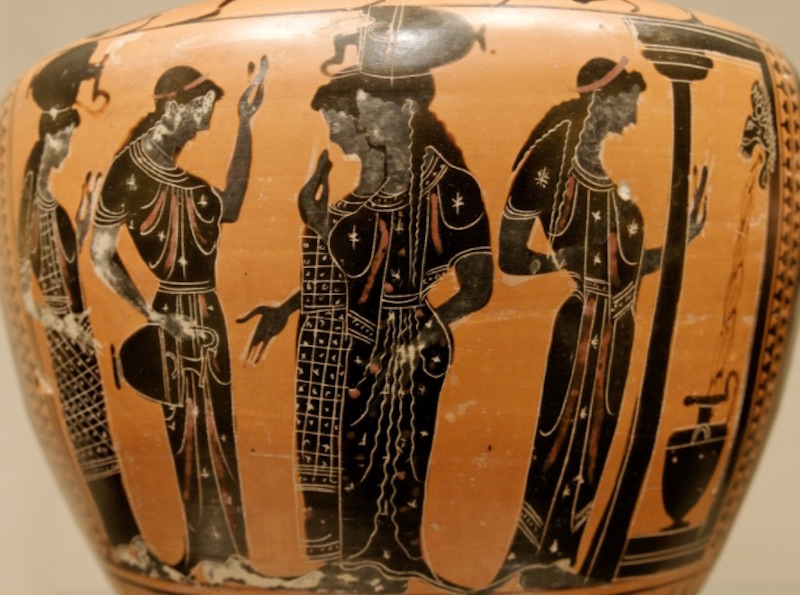
Dark hair was all the rage in Ancient Greece. They found that the most effective permanent formula consisted of leeches fermented in lead vessels.
3. Sulfuric Acid In Renaissance Europe

In a book called Delightes for Ladies published in 1602 during the Renaissance, they suggest a substance called Oyle of Vitrioll to transform and lighten their hair. It is mentioned that it should be kept away from the skin, which makes sense because it's sulfuric acid.
4. Ashes And Nuts In Ancient Rome
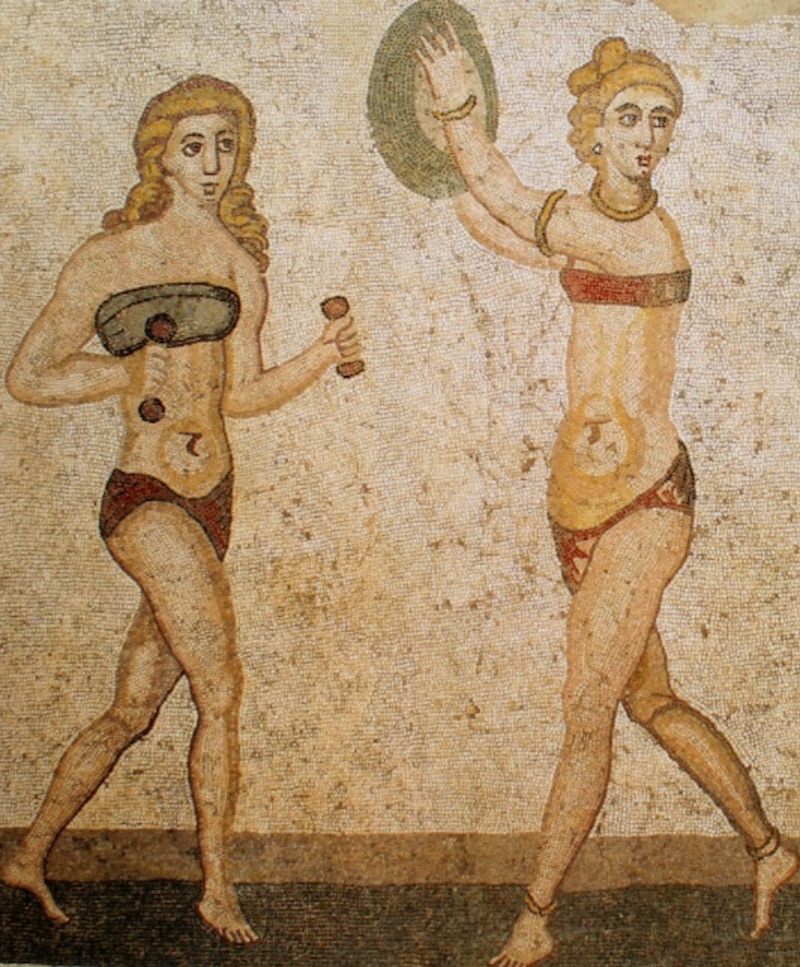
There was a law in Ancient Rome that required all prostitutes to have blonde hair. If a prostitute wasn't blonde, she would have to make herself so via a wig or by coloring her hair with the ashes of burned plants and nuts.
5. Gold Flakes In Wealthier Ancient Rome

On the other hand, wealthy Romans also enjoyed golden locks. Emperor Commodus is said to have powdered his white hair with actual gold flakes.
6. Volcanic Rock In The Maasai Tribe
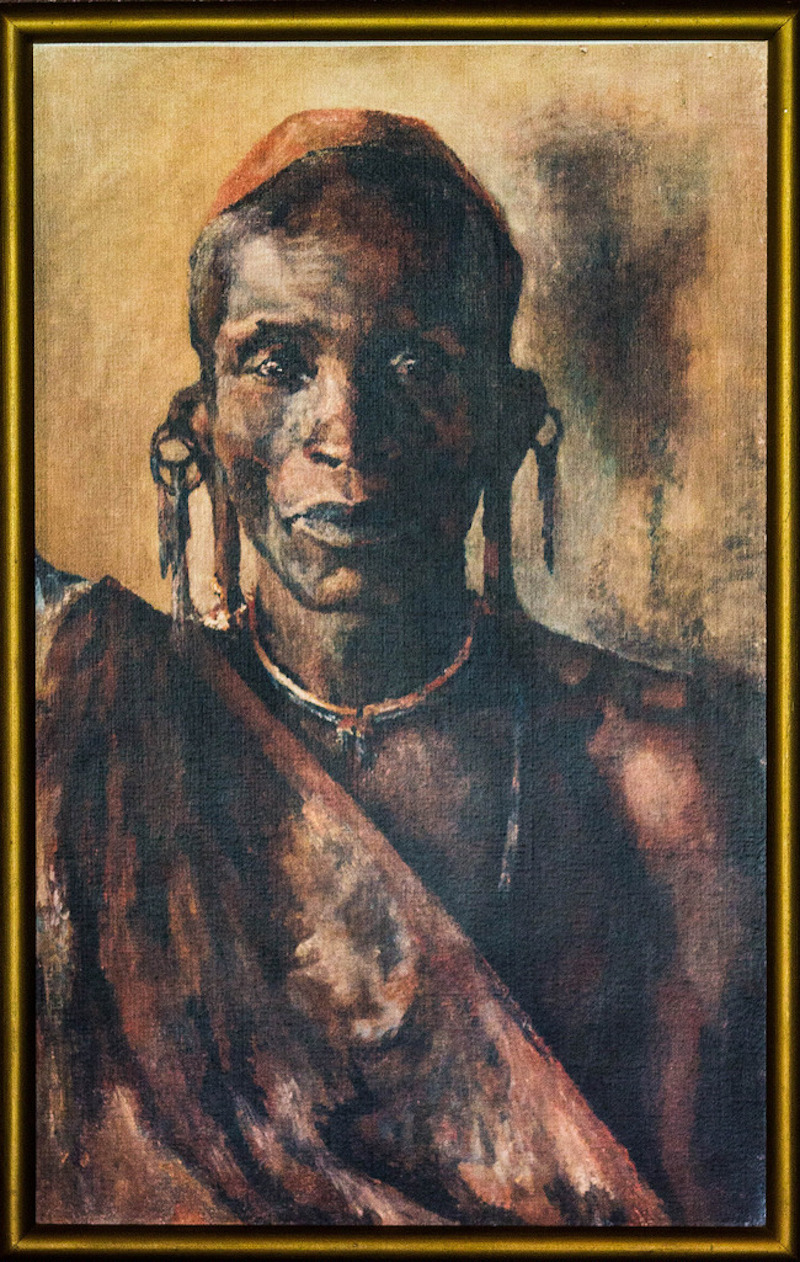
Warriors from the Maasai Tribe in Kenya would color their hair red to make themselves look more fearsome. Their formula of choice came from natural pigments in volcanic rock, mixed with animal fat to make a paint-like texture. The Maasai people still exist today.
7. Horse Urine In Medieval Times

Women who wanted to lighten their hair during this time in history would sometimes reach for formulas whose main ingredient was horse urine.
8. Saffron And Sulfur In The Elizabethan Era
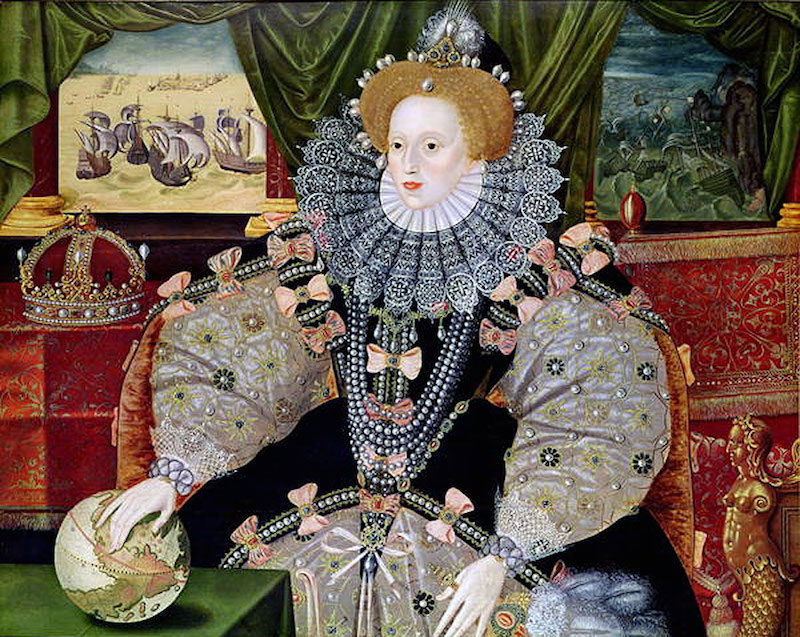
During the Dark Ages, red hair was supposedly a symbol of witchcraft. However, when Queen Elizabeth I came into power, her red hair became fashionable. Some wealthy ladies tried to achieve the Queen's hue with a mixture of saffron and sulfur, which would not have been pleasing to smell at all.
9. Goat Fat In Viking Times

During the Viking age, it was the men who were much more likely to color their hair. The remains of Viking warriors reveal that they used a type of strongly basic soap called lye to lighten and redden their beards. Lye is made out of goat fat and ashes.
Would you have tried any of these? Can you think of any others? Let us know in the comments and please don't forget to SHARE Facebook!




